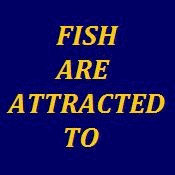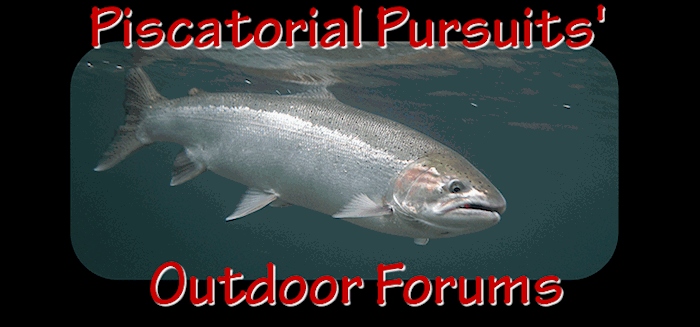Chum and pinks run in the 100s of thousands for a reason.
I personally believe that we should not have hatchery chum or pinks. They're in mostly good shape for the most part that they can be managed as wild runs. With a few exceptions like the Hood Canal pinks, summer chum, other depressed stocks, chum and pinks are doing fine in general.
However, I am opposed to the WDFW's decision during the '01 pink season to increase the catch limit to 6. I could understand if someone had a bunch of mouths to feed, but if this decision was made just so that everyone could fill their freezers with pinks then I feel that our fisheries managers have been screwing us over.
Pinks and Chum are critical to maintaining the biological health of all our streams, because of the nutrients their carcasses release to the riparian environment and into the entire watershed. Without them, our chinook and coho runs would not be as healthy. When I look at the numbers put out by the WDFW on the numbers of salmon carcasses returned to Washington streams, I see both disappointment and hope.
Bad news: We don't have nearly enough salmon carcasses in our streams to input carbon & nitrogen back into the nutrient cycle.
Good news: The number of carcasses being put back into rivers is going up.
Conclusion: We need salmon to return in sufficient numbers such that A: a commercial, tribal & sport fishery can be sustained, B: wildlife dependent upon salmon as a source of food in lean times can rebound, and C: forests on public lands receive marine derived nutrients that act like "fertilizer".
To those of you who care about our wild salmonids, please bear in mind next time you're out on the saltchuck that although it's legal to keep that beautiful 25lb wild king, remember that you just kept it from perpetuating the chinook run.
Let's take the conservation measures one step further. We got hatchery fish for a reason: They're to be caught.













 Previous Topic
Previous Topic Index
Index



